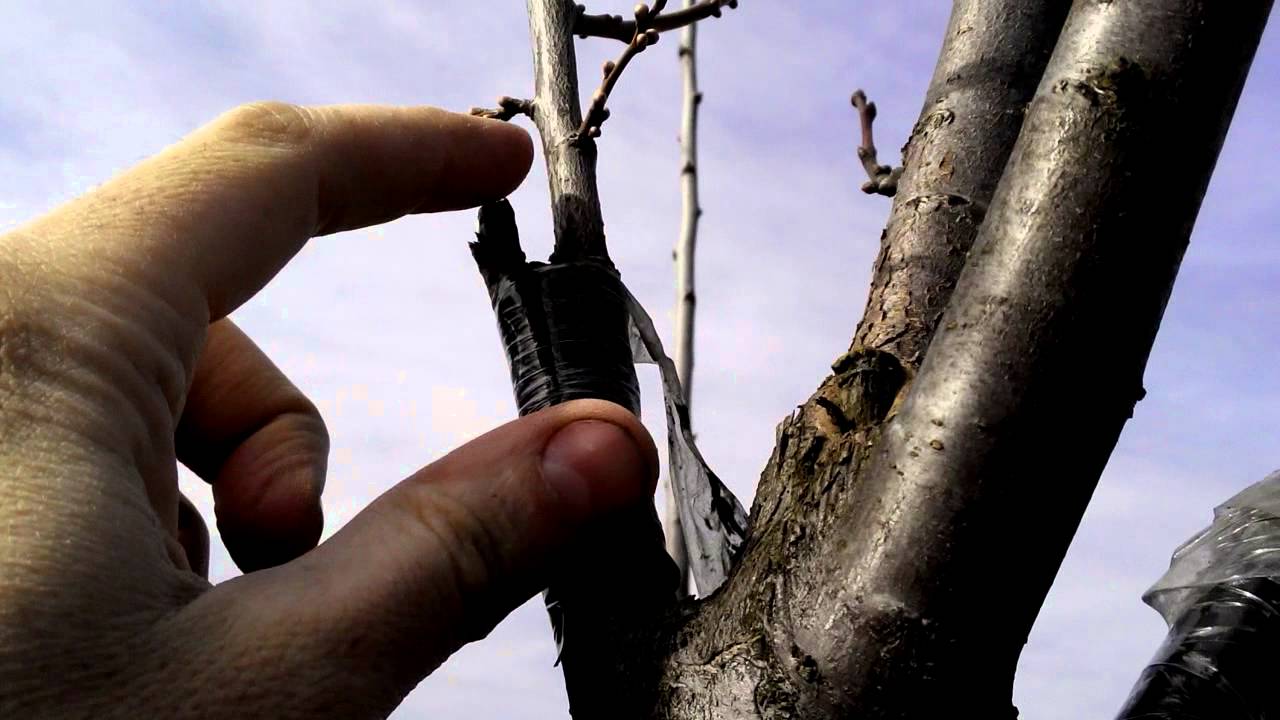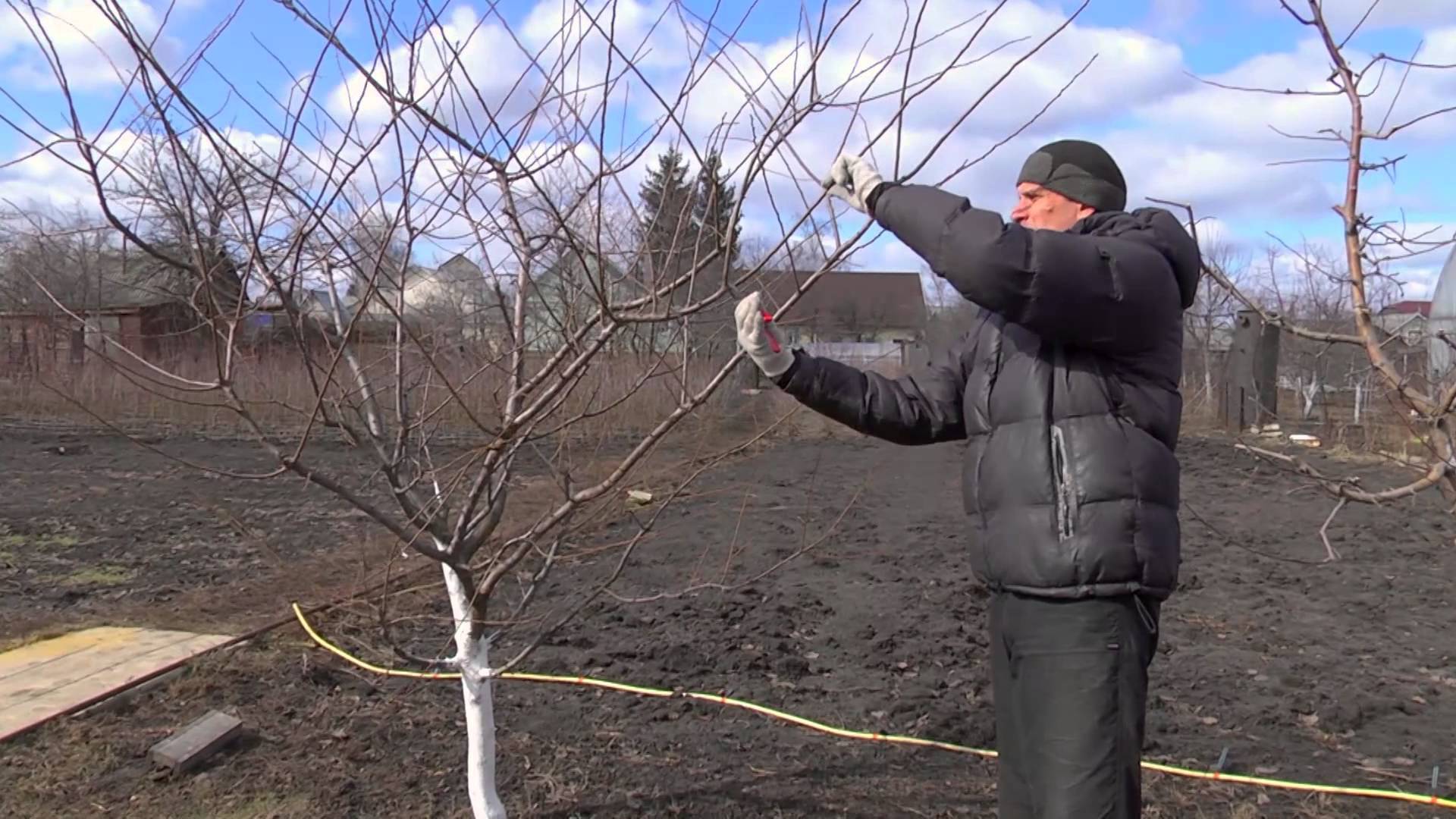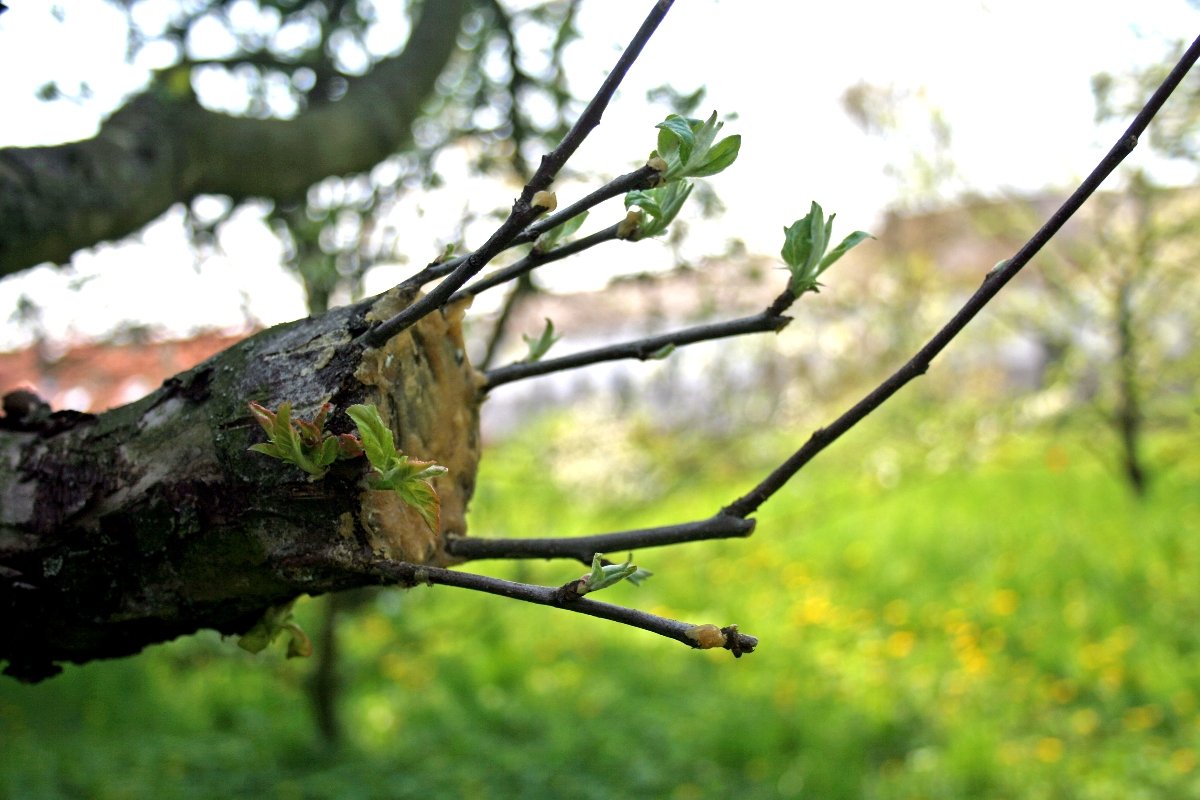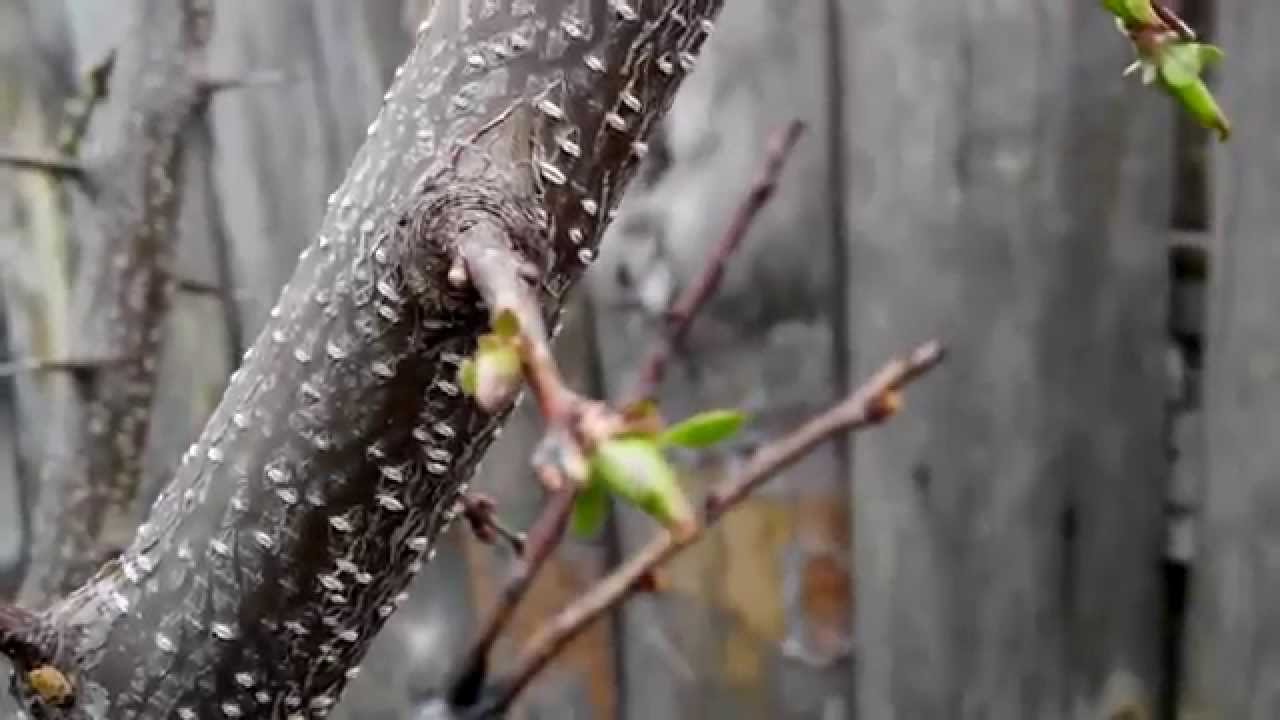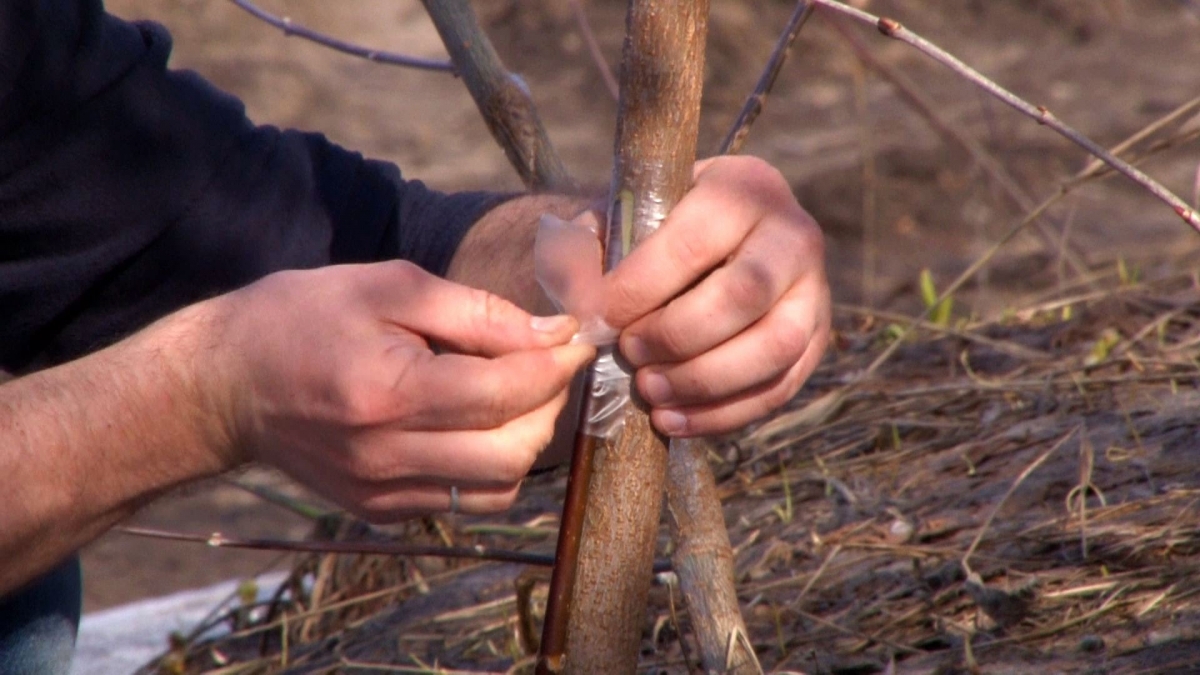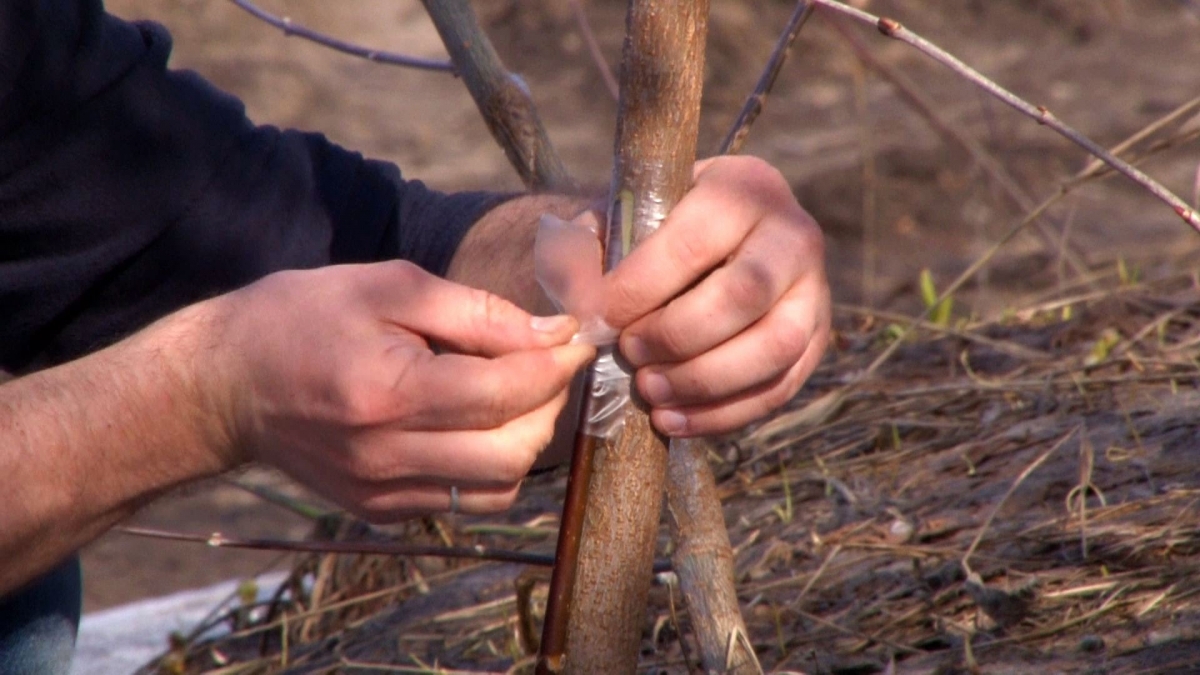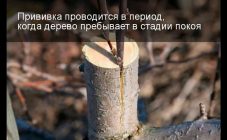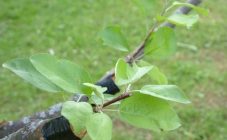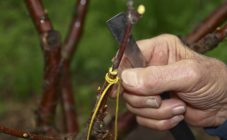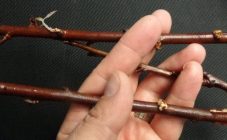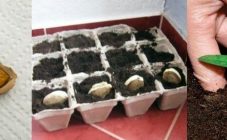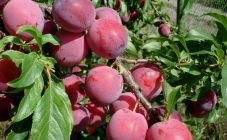Content:
Grafting is one of the methods of vegetative propagation of bushes and trees. Simply put, this is a gardening process that makes it possible to obtain new varieties of fruit crops by combining one plant with parts of another.
Why vaccination is needed
Vaccination is not at all a mandatory procedure, such as sanitary pruning, warming of some varieties for the winter, treatment against diseases and pests, and the like.
However, every experienced owner knows well that such a process has many advantages, because with its help you can:
- grow special varieties of fruits that will stand out for their interesting taste, meatiness, juiciness;
- rejuvenate the tree - young grafted branches will gradually grow and can replace the old crown;
- improve productivity;
- provide the tree with the best qualities (for example, if you plant an apricot or a peach on a plum, then the tree has every chance of becoming more resistant to drought).
Vaccination requirements
Best time to vaccinate
Spring grafting is most popular with gardeners. This is not surprising, because this season is the most active sap flow. If the procedure is performed correctly, the scion and rootstock are very tightly connected, the fusion between the two parts is ensured.
The summer period can be safely used to conduct experiments in your garden, but the likelihood of failure in this case is great.
Autumn grafting is a very undesirable procedure, because frost can hit at any time. Weak cuttings cannot survive in extreme cold.
Preparatory stage
It is best to prepare cuttings in the fall.
Twigs with the following characteristics are ideal:
- the optimal length is 30-35 cm;
- thickness - 7 mm (about the same as a standard pencil);
- pronounced kidneys - 4-5 pieces;
- internodes are short.
It is better to take those branches that are from the outer part of the crown (ideally from the south).
Cuts are made with an exceptionally clean pruner. The place of the cut must be treated with a garden pitch.
The cut cuttings can be wrapped in paper and kept in a cool place such as a cellar, snow, cold pit, refrigerator.
Culture compatibility
According to experts, the best stock is the same type of plant.
The most successful experiments will be those in which botanically close plants should grow together.
By the degree of kinship between the two plants, the following types of grafting can be distinguished:
- intraspecific - such a situation occurs when, for example, a gardener has to combine cultivated plum and wild plum;
- interspecific - when sweet cherries are grafted onto cherries, cherry plums, for example, onto plums;
- intergeneric - an example of this would be the grafting of a plum on an apricot, a peach on a plum tree.
Many years of experience of many breeders allows us to draw the following conclusions:
- the best stock for stone fruit crops is cherry plum;
- You can graft on felt cherries: blackthorn, cherry plum, Ussuri plum, apricot;
- a pear can be grafted onto an apple tree, chokeberry, mountain ash; the pear itself rarely accepts other trees;
- peach as a stock is ready to accept: cherry plum, plum, almond, felt cherry, blackthorn, apricot;
- plum accepts cherry plum better, you can use peach, blackthorn, thorny seedlings;
- for apricots, the best option for scion will be seedlings of other varieties of apricots, cuttings of sandy cherries, cherry plums, blackthorns can also be used;
- seedlings of such varieties can become ideal rootstocks for an apple tree: Anis, Antonovka, as well as M9, A2 MM 106.
You can view the list of fruit crops that are compatible with each other, as well as those that are not recommended to be grafted, and those that have no chance of successful grafting, in the table below.
Crop compatibility chart
| Well compatible | Poorly compatible | Incompatible |
|---|---|---|
| Quince + quince | Cherry plum + pear | Cherry plum + quince |
| Quince + pear | Cherry plum + walnut | Cherry plum + barberry |
| Quince + apple tree | Cherry plum + cherry | Cherry plum + cherry |
| Aronia + Aronia | Cherry plum + apple tree | Cherry plum + viburnum |
| Aronia + pear | Apricot + cherry | Cherry plum + peach |
| Cherry plum + cherry plum | Apricot + cherry | Cherry plum + plum |
| Cherry plum + plum | Cherry + apricot | Apricot + cherry plum |
| Cherry plum + peach | Cherry + pear | Apricot + pear |
| Cherry plum + apricot | Cherry + walnut | Apricot + barberry |
| Cherry plum + mountain ash | Pear + cherry plum | Apricot + viburnum |
| Apricot + apricot | Pear + barberry | Apricot + dogwood |
| Apricot + almonds | Pear + cherry | Apricot + apple tree |
| Apricot + peach | Pear + viburnum | Apricot + plum |
| Hawthorn + hawthorn | Pear + plum | Cherry + quince |
| Hawthorn + pear | Pear + cherry | Cherry + barberry |
| Hawthorn + apple tree | Apple + apricot | Cherry + cherry plum |
| Hawthorn + quince | Apple tree + barberry | Cherry + peach |
| Hawthorn + cotoneaster | Apple + cherry | Cherry + plum |
| Cherry + cherry | Apple + cherry | Pear + apple |
| Cherry + cherry | Apple tree + viburnum | Pear + quince |
| Cherry + apricot | Peach + cherry | Pear + dogwood |
| Cherry + peach | Peach + pear | Pear + sea buckthorn |
| Cherry + plum | Peach + apple tree | Pear + peach |
| Pear + pear | Peach + cherry | Apple + cherry plum |
| Pear + apple tree | Peach + walnut | Apple + dogwood |
| Ceparadus + cherry | Plum + cherry | Apple + peach |
| Apple tree + apple tree | Plum + pear | Apple + sea buckthorn |
| Apple + quince | Plum + cherry | Apple + walnut |
| Apple + pear | Plum + walnut | Peach + quince |
| Apple tree + cotoneaster | Peach + barberry | |
| Apple tree + chokeberry | Peach + viburnum | |
| Peach + peach | Peach + dogwood | |
| Peach + almond | Plum + barberry | |
| Cotoneaster + pear | Plum + quince | |
| Plum + plum | Plum + dogwood | |
| Plum + cherry plum | ||
| Plum + peach | ||
| Irga + Irga | ||
| Irga + pear | ||
| Sweet cherry + sweet cherry | ||
| Sweet cherry + cherry |
True, by constantly experimenting, many gardeners can boast of absolutely unique results. So, novice breeders still do not cease to be surprised at the facts of how Bulgarians manage to graft currants onto cherries, and Russians grow apples and pears on the same tree.
Plum grafting
Many novice gardeners are interested in the question: what can be grafted onto a plum. As it turns out, this fruit crop is able to combine with many other trees and produce unusual fruits.
Cherry plum
It is best to vaccinate cherry plum already in the warm period, in spring. You need to choose those fruits on which the buds have not yet blossomed.
If the process is performed correctly, then the owner will be able to achieve three main goals with this method:
- a tree that contains two varieties has the best pollination, so the fruits can be obtained as early as next year;
- the winter hardiness of the culture will improve;
- The plum will have a very unusual but interesting appearance: on one of its branches fruits with yellow color will appear, on the second - with red, on the third - burgundy.
Apricot
Grafting apricots on plums in summer in most cases ends with a successful experiment. Experience shows that apricot is relatively easy to combine with most stone fruit trees. It has good compatibility with plums, so there may not even be growths characteristic of the process on the tree.
The grafting method is best chosen based on the age of the rootstock tree, as well as the size of the cuttings themselves. So, if the latter are several times smaller than the plum tree, grafting into the split is performed. To do this, a small incision is made on the tree, in the place of the scion. In the center of it you need to make a slight deepening. The cut end of the cutting is carefully placed there. The main condition is that the stalk should be compressed by cuts as tightly as possible.
In the event that the diameters of both the scion and the rootstock are actually the same, the so-called copulation is performed. The pre-prepared apricot stalk is closely connected to the plum stem. They are securely fixed with a special film.
Cherry
The answer to the question "is it possible to plant a cherry on a plum" must be affirmative. These two cultures can be successfully combined using the copulation method or "eyeball". Best of all, experienced gardeners recommend, use the "bark" option.
When performing such work, you should follow a few simple tips:
- Immediately before grafting, you need to update the scion cut.
- You need to do the filing as carefully as possible, it is better to clean the cut points.
- After placing the cherry twig, the grafting site must be carefully treated with garden varnish.
- It is better to use polyethylene for sealing.
As a rule, cherry grafting does not last long in the summer, the survival time is 10-15 days.
The duration of fruiting for such a tree will not be very different. The tree will not be tall (up to 3 m maximum), but it will have an important advantage - a very lush crown. It will bloom profusely, its flowers will be red.
Cherries
These two trees are not very suitable for each other, so not every novice gardener or gardener can cope with the grafting process. At the same time, if this still succeeds, then the taste of the fruit will be highly praised. In addition, such a tree will become resistant to weather conditions. The best way to combine these stone fruits is by budding.
The optimal period for such a task is early spring-late autumn (but before the onset of cold weather).
Apple and pear
Inoculating an apple tree on a plum and grafting a pear on a plum are very similar processes. The main secret of survival is the correct approach to the preparation of cuttings. It is best to harvest them as soon as the first severe frosts hit. By this time, the cuttings will have time to harden, the main sapogonic processes will have passed, and the tree itself will go into a state of rest and sleep.
Step-by-step vaccination instruction provides 4 main stages of work:
- On the rootstock (that is, on the plum tree) you need to find a branch that grows by itself. A place is determined on it, with approximately the same thickness as the prepared cutting.
- At the chosen place, you need to make a flat cut, at least 4-5 times larger than the cutting itself.
- Make a fresh cut on an apple or pear tree stalk.
- Both plants must be pressed firmly at the cut and watered generously with garden varnish.
- Fix them securely with plastic wrap.
This work must be done as quickly as possible so that the cut sites do not have time to dry out and oxidize.
The same method can be used to inoculate cherry, cherry stock, blackthorn or peach, wild plum.
Plum grafting
Plum cuttings are very unpretentious. They can be safely harvested during frosts. They are less susceptible to the negative effects of frost than, for example, apricots.
For the result to be good, the owner needs to pay more attention to the choice of varieties.
Plum on plum
Planting a plum on a plum is one of the ideal options, because the probability of survival in this case is very high. The methods of budding and copulation are perfect for such a case. As a stock, it is worth choosing such long-proven varieties as Skorospelka red, Hungarian Moscow, Renklod collective farm. In addition, tasty and large fruits can be obtained by planting a plum on the seedlings of wild (wild) plums.
On apricot
Plum grafting on apricot is a rather complicated process, because not all varieties are successfully combined. Experts recommend using the best varieties of apricot: Kirk, Bave, Grand Duke, Peach, Altana, Anna Shpet, Jefferson. The whole grafting process takes place in the same way as the grafting of apricot twigs on a plum.
On felt cherry
A very popular option among gardeners is still grafting plums onto felt cherries in summer. The latter crop belongs to the type of shrubs, but has a very rich harvest. A plum stalk has a great chance of taking root, however, due to the fragility and fragility of the branches, the grafting site should be reinforced with a trellis or other handy tool. The second drawback is the low winter hardiness of the felt cherry, so the grafted plum bush will need to be insulated in the winter.
Thus, the gardener does not have to worry about what the plum is being grafted onto. This fruit crop goes well with many stone trees and shrubs, and can be thanked for proper care with very unusual but tasty fruits.
